
History of Lord Jagannath
According to Book Orissa review June 1987 by Dr. Kanhu Charan Mishra, the history of Lord Jagannath is a fascinating amalgamation of diverse religious traditions, spanning Hinduism, Buddhism, and Jainism. His worship and the associated legends reflect the deep-rooted cultural and spiritual syncretism of India. From ancient scriptures to local folklore, the deity of Jagannath occupies a unique place in the religious landscape of India.
Early References and Origins
The earliest references to Lord Jagannath are found in various Puranas and ancient Indian literatures. These texts, along with several copper-plate inscriptions, establish Jagannath as a paramount deity revered across the country. The concept of Jagannath extends beyond Hinduism, incorporating elements from Jainism and Buddhism. Notably, the late Pandit Nilakantha Das suggested that the Jagannath cult may have Jain origins. He posited that the Jain Trinity of Samyakjnana, Samyakdarshana, and Samyakcharita mirrors the Jagannath trinity, indicating a shared philosophical foundation.
The Rigveda and Atharva Veda contain references to deities that some scholars associate with Jagannath. Although the Upanishads do not explicitly mention Jagannath, the Brahmas provide references that support the deity’s establishment. Sayana’s 13th-century interpretation further underscores the need for in-depth investigation into these connections. Among the Puranas, the Brahma, Padma, and Skanda Puranas offer elaborate accounts of the Jagannath temple and its legendary founder, King Indradyumna.
Tribal Cultures in the Worship of Lord Jagannath
The legend of Lord Jagannath’s creation, as directed by a divine dream to King Indradyumna, reflects a unique blend of Aryan and tribal influences. Visvakarma, disguised as a carpenter, creates the sacred images, echoing tribal rituals of Daru worship.
Historical evidence suggests a deep connection between the Sabara tribe and the worship of Lord Jagannath, indicating a gradual Aryanization process. The Navakalevara ritual, renewing the deities’ images, mirrors tribal practices, with the Daitas, descendants of the Sabaras, leading the search for sacred wood.
Cultural synthesis is evident in the crude appearance of the deities and the Daitas’ familial bond with Lord Jagannath, observing mourning rituals akin to Hindu obsequies. During festivals like the Car Festival, Sabara traditions influence rituals and procession directions.
In essence, the worship of Lord Jagannath exemplifies a harmonious blend of Aryan and tribal cultures, enriching the spiritual landscape of Puri and highlighting the inclusive nature of Hinduism.
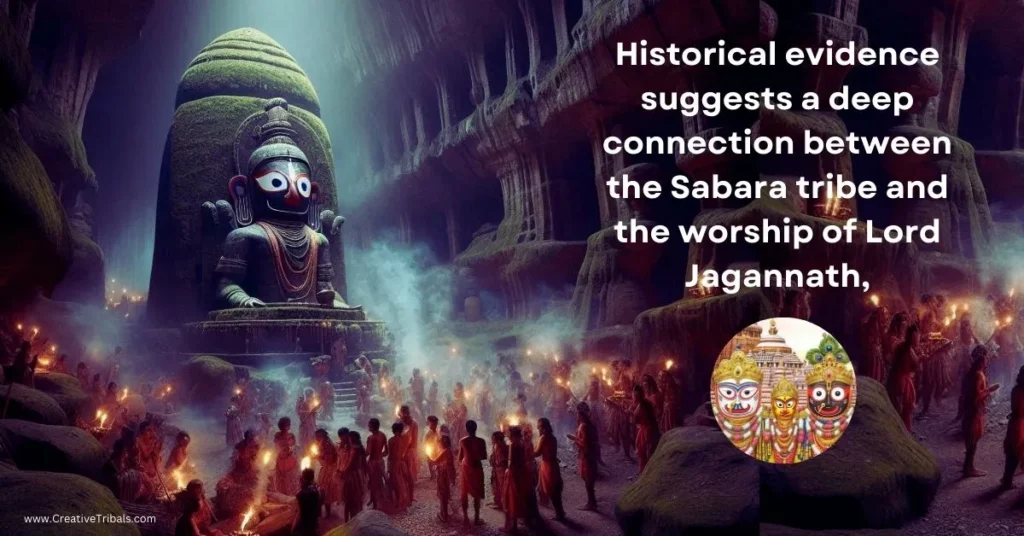

Legends and Indradyumna’s Devotion
Indradyumna is a central figure in the legends surrounding Lord Jagannath. In the Mahabharata, he is described as a powerful and devout king, further immortalized by the Indradyumna Sarobar (tank) in Puri. The Harivamsa also mentions Indradyumna, suggesting his significant influence. Orissan literature, particularly Sisuansinha’s Deulatola, regards Indradyumna as the first devotee of Lord Jagannath, responsible for establishing a new temple dedicated to the deity.
According to the legend, Indradyumna was a devout follower of Vishnu. Despite delays in obtaining Brahma’s consent and disputes over idol-making, Indradyumna’s unwavering devotion led to the temple’s consecration. This story highlights the king’s pivotal role in the early worship of Jagannath.
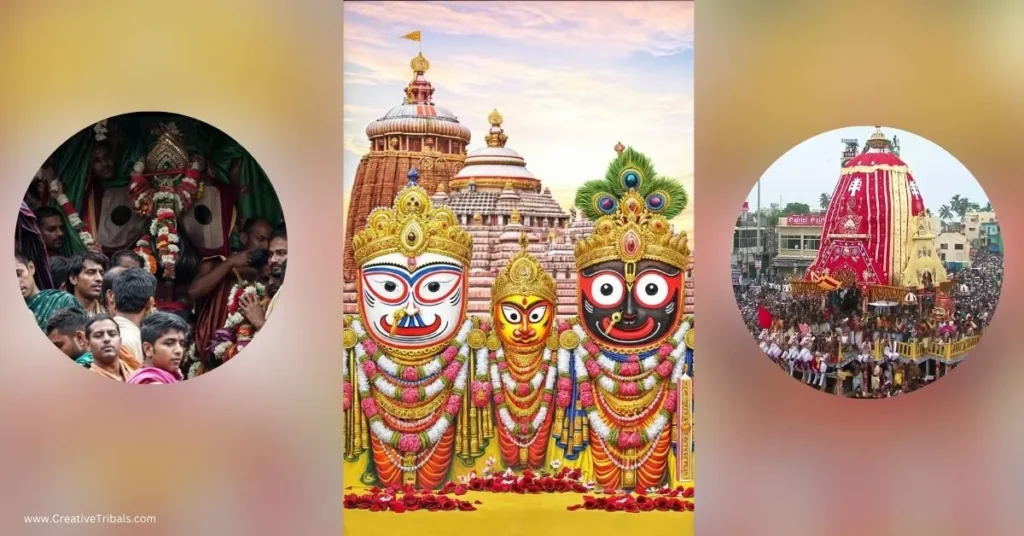

The Origin of the Three Deities
Various legends describe the origins of the three principal deities of Jagannath, Balabhadra, and Subhadra. One version associates their origin with King Indradyumna, while another attributes it to Subhadraka, who was responsible for the temple’s upkeep. The festivals of Ratha Yatra, Bahuda Yatra, and Padma Vesha underscore the significance of these deities and their connection to Indradyumna and Subhadraka.
In local village traditions, Jagannath is revered as the State Deity or Rashtra Devata. Legends recount Jagannath’s initial worship as Neelamadhaba by the Bhanja dynasty of Orissa. These stories suggest that Jagannath’s worship predates known historical records, with roots in the aboriginal tribes of Southern Orissa, particularly the Sabaras and Daras.
Architectural and Ritualistic Significance
The temple of Lord Jagannath in Puri, maintained by the Ganga (Eastern Ganga dynasty) and Gajapati kings (Gajapati Empire), stands as a testament to the deity’s enduring significance. Inscriptions credit King Chodaganga Dev with completing the temple, highlighting the royal patronage that sustained Jagannath worship.
The ritualistic practices and temple architecture reflect a blend of Aryan and non-Aryan influences. The wooden idols and their unique worship practices distinguish the Jagannath cult from other Hindu traditions. Scholars suggest that Jagannath might have evolved from a Sun God, as indicated by the deity’s association with Surya Narayan in the temple.
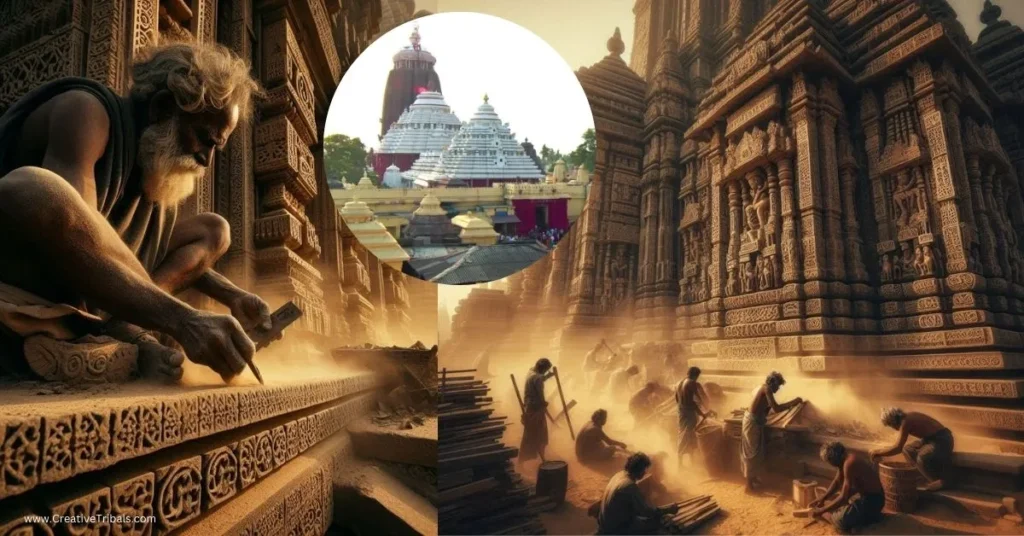

Syncretism with Buddhism and Jainism
Many scholars propose that Jagannath is a syncretic deity, embodying elements from Buddhism and Jainism. They argue that the three deities represent the Buddhist Ratnas—Buddha, Dharma, and Sangha. The temple’s historical references to Nirakara (formless) suggest a Buddhist influence, as does the potential worship of Buddha’s icons within the Jagannath temple.
The Jain influence is evident in the resemblance of Jagannath’s idols to Jain idols and the shared themes of non-caste discrimination and universal salvation. The Jagannath temple rituals and the inclusion of Jain symbols underscore this confluence of religious traditions.
Hindu Adaptation and Cultural Integration
Despite the diverse origins and influences, Jagannath is firmly integrated into Hinduism. The deity is worshipped alongside Balabhadra and Subhadra, who are identified with Ananta, Vishnu (Krishna), and Durga, respectively. Vaishnavas regard Jagannath as Krishna, and his black color symbolizes Bhairava, combining aspects of Shiva and Vishnu.
The evolution of Jagannath from a local deity to a major Hindu god mirrors the broader cultural and religious dynamics of Orissa. The Ganga period saw the worship of Jagannath as Chakradhar Madhava or Bhagavan Madhava, reflecting the transition from a tribal deity to a Vedic god.
Jagannath’s Universal Appeal
The universality of Lord Jagannath’s worship is evident in his acceptance by diverse religious communities. The deity’s image attracts not only Hindus but also adherents of other faiths, including Muslims. Historical figures like Salabega and Haridas, who were Muslim devotees, found spiritual solace in Jagannath, emphasizing the deity’s inclusive nature.
Jagannath’s worship represents a confluence of multiple religious philosophies, making him a unique and powerful symbol of syncretism. The temple of Jagannath serves as a meeting ground for various schools of thought, reflecting the pluralistic ethos of Indian spirituality.
The history of Lord Jagannath is a testament to the rich tapestry of India’s religious and cultural heritage. From ancient Vedic references to modern-day worship, Jagannath’s evolution encapsulates the dynamic interplay of Hinduism, Buddhism, and Jainism. His universal appeal and the inclusive nature of his worship underscore the deity’s significance as a unifying force in Indian spirituality.
The legacy of Jagannath continues to thrive, drawing devotees from all walks of life and bridging diverse religious traditions. As a symbol of cultural integration and spiritual syncretism, Lord Jagannath stands as a beacon of India’s enduring spiritual legacy.
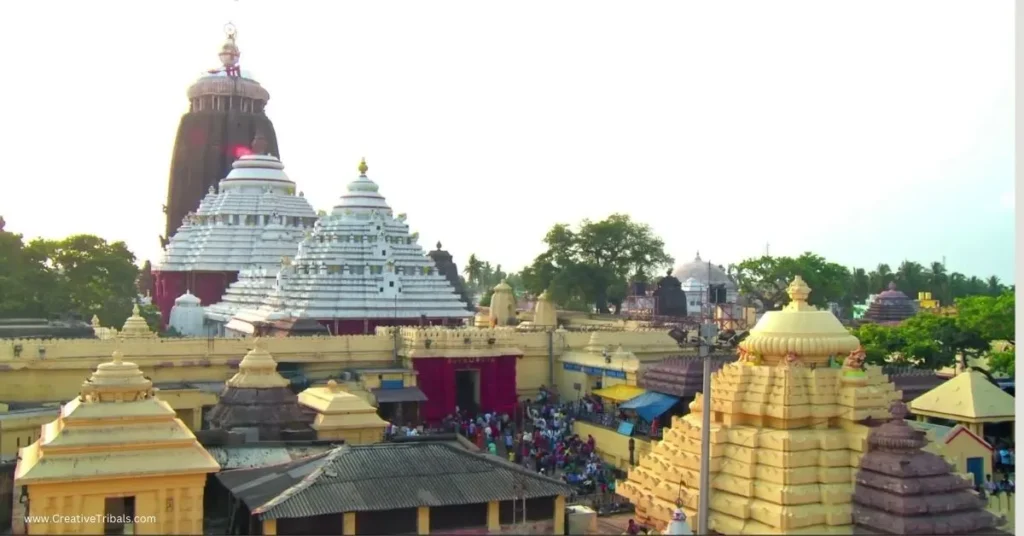


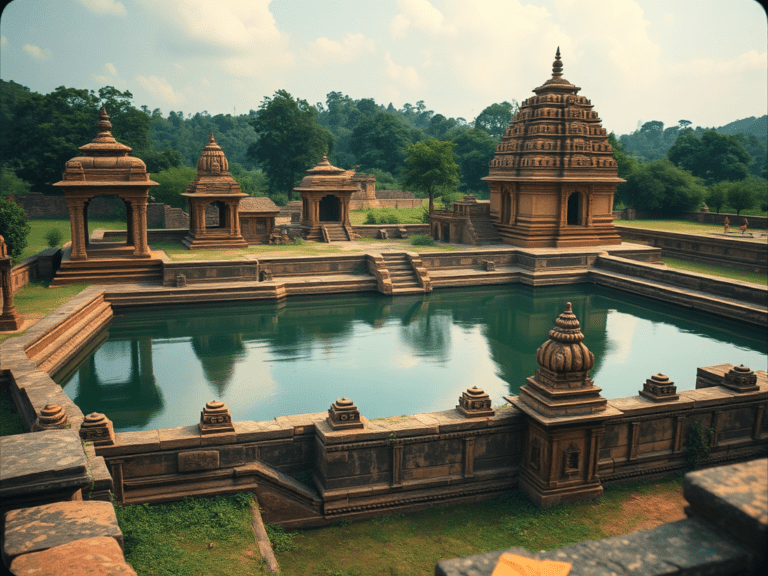

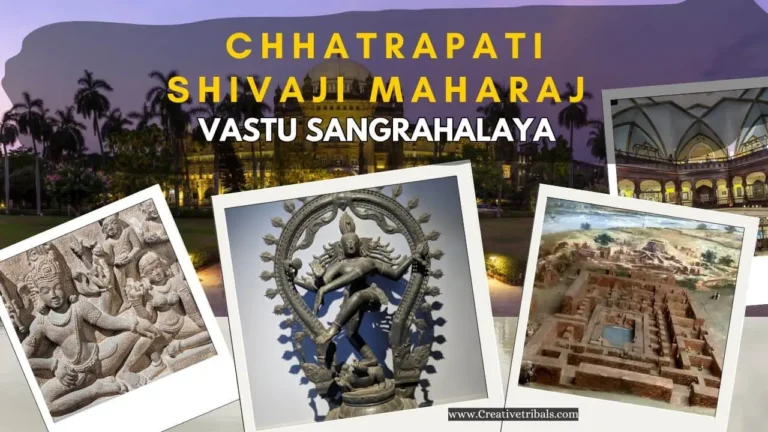
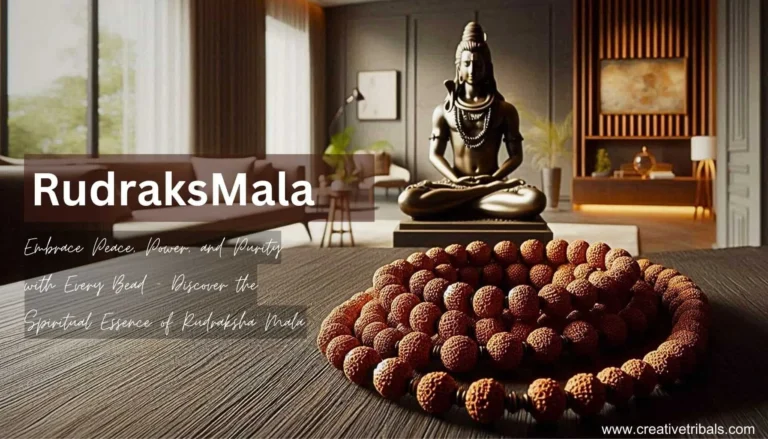
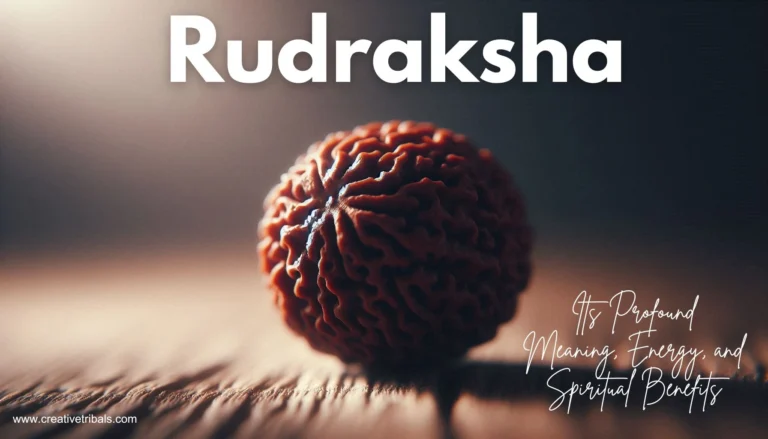



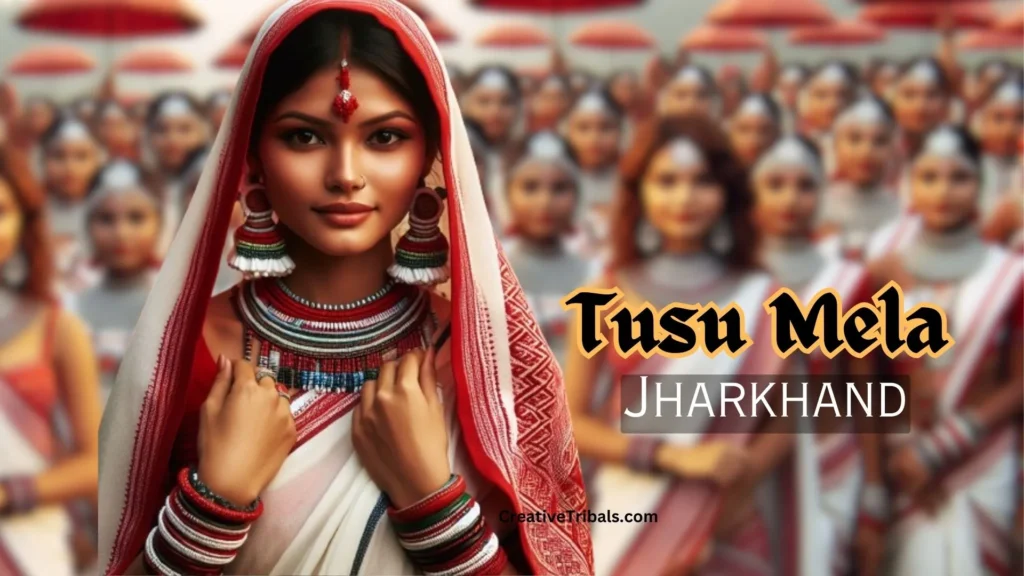

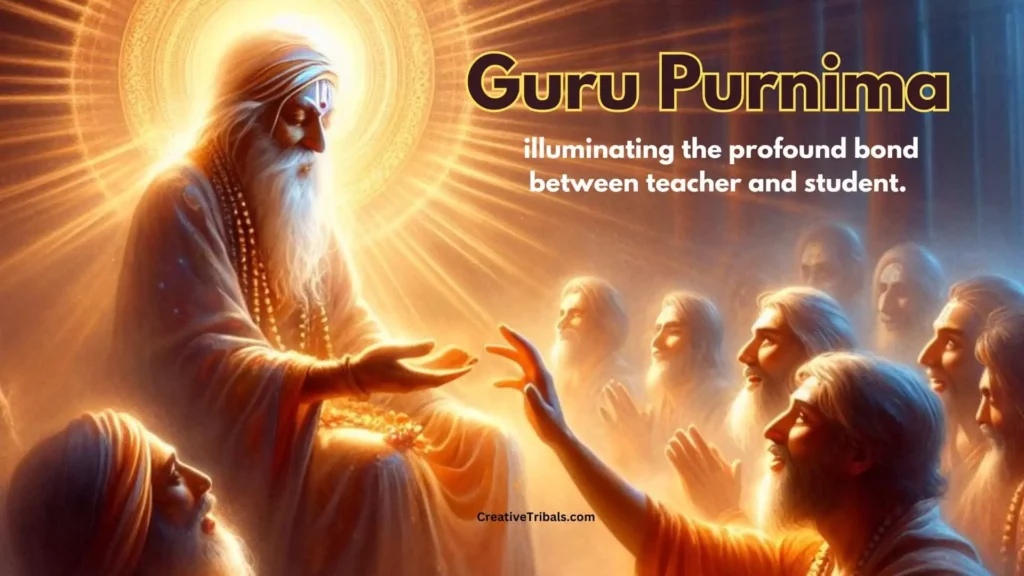
Pingback: Lord Jagannath : Bridging Tribal and Aryan Traditions -